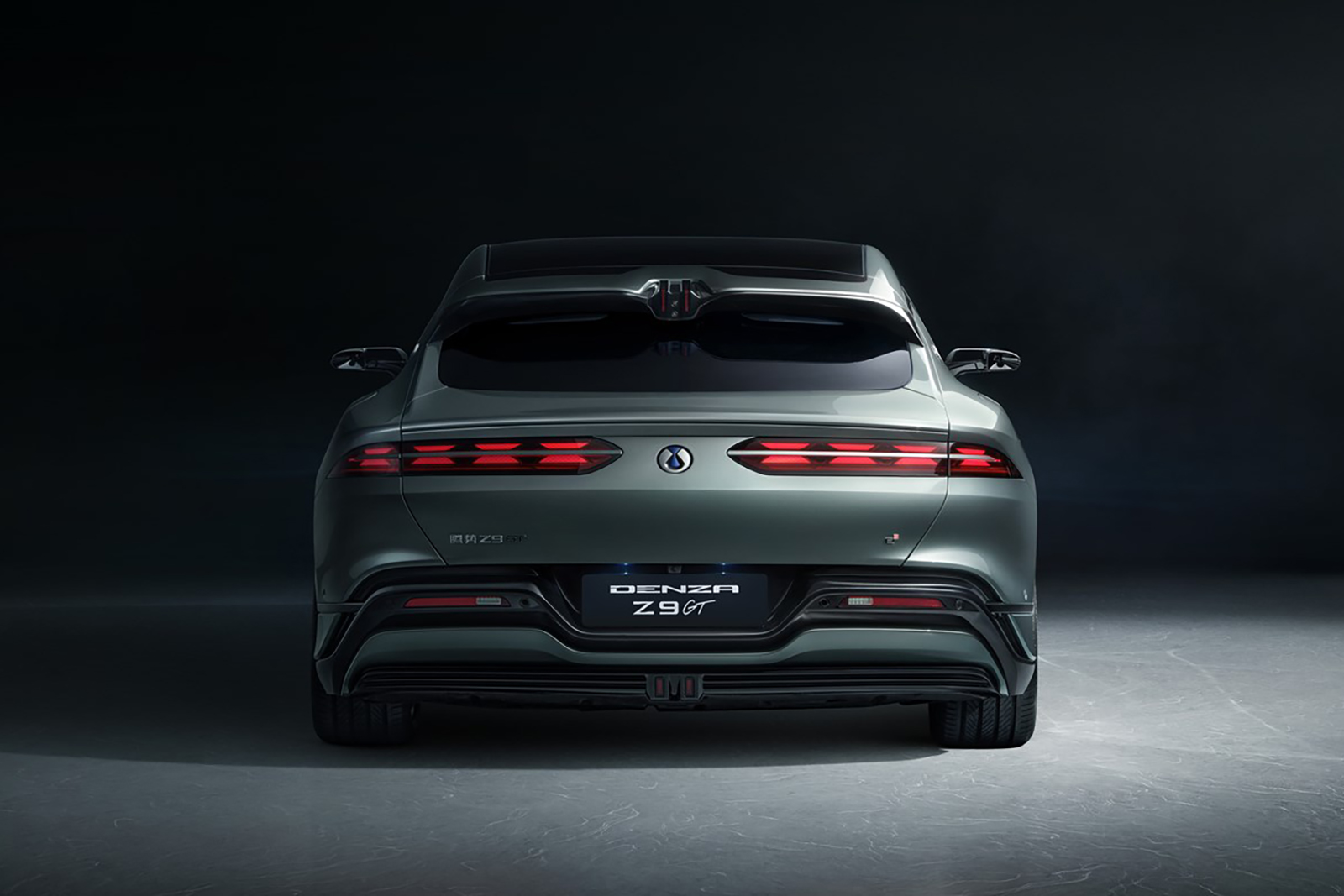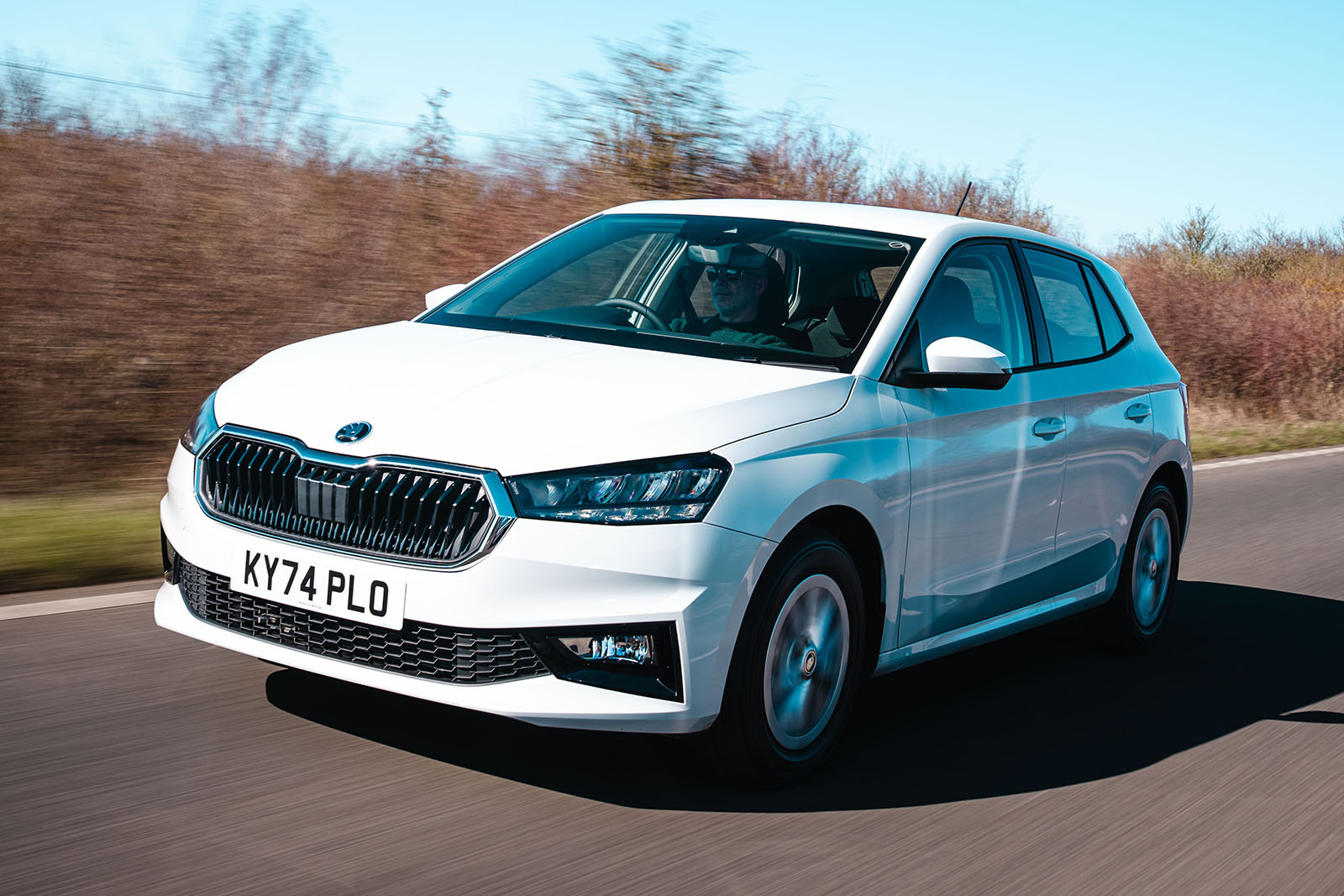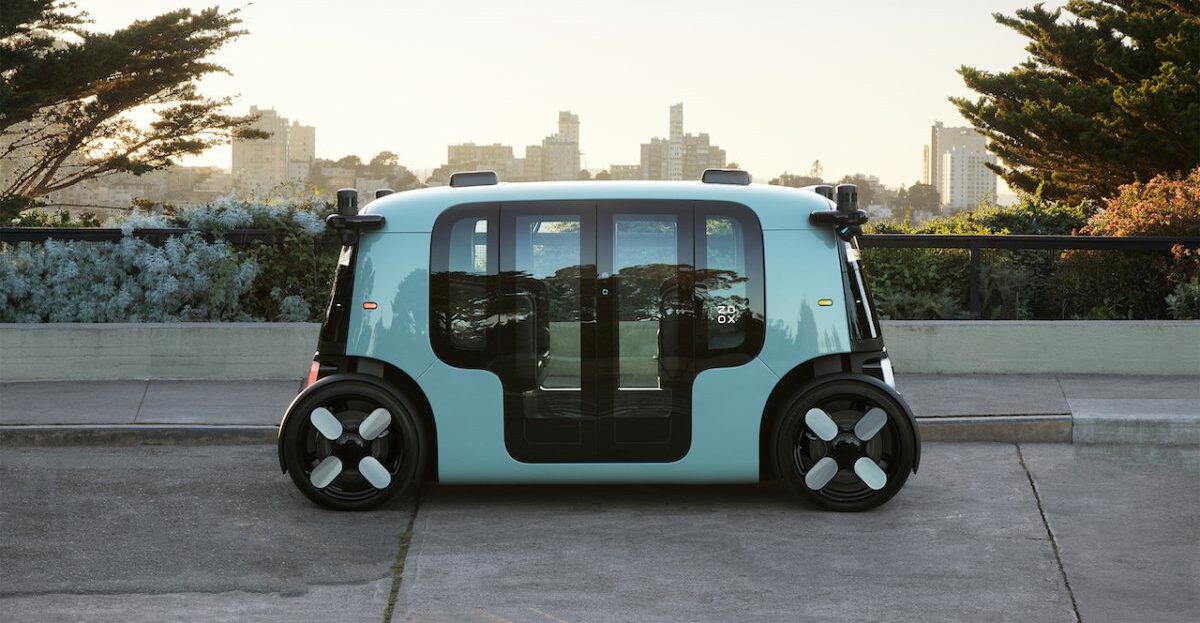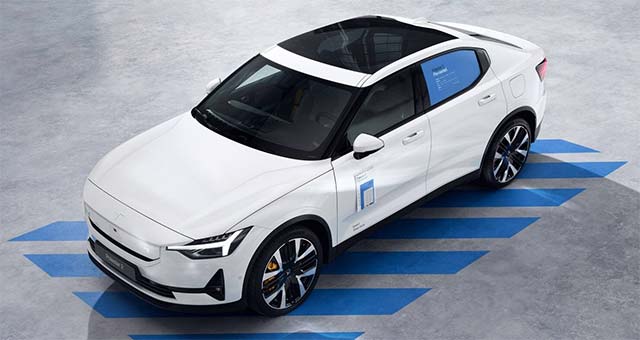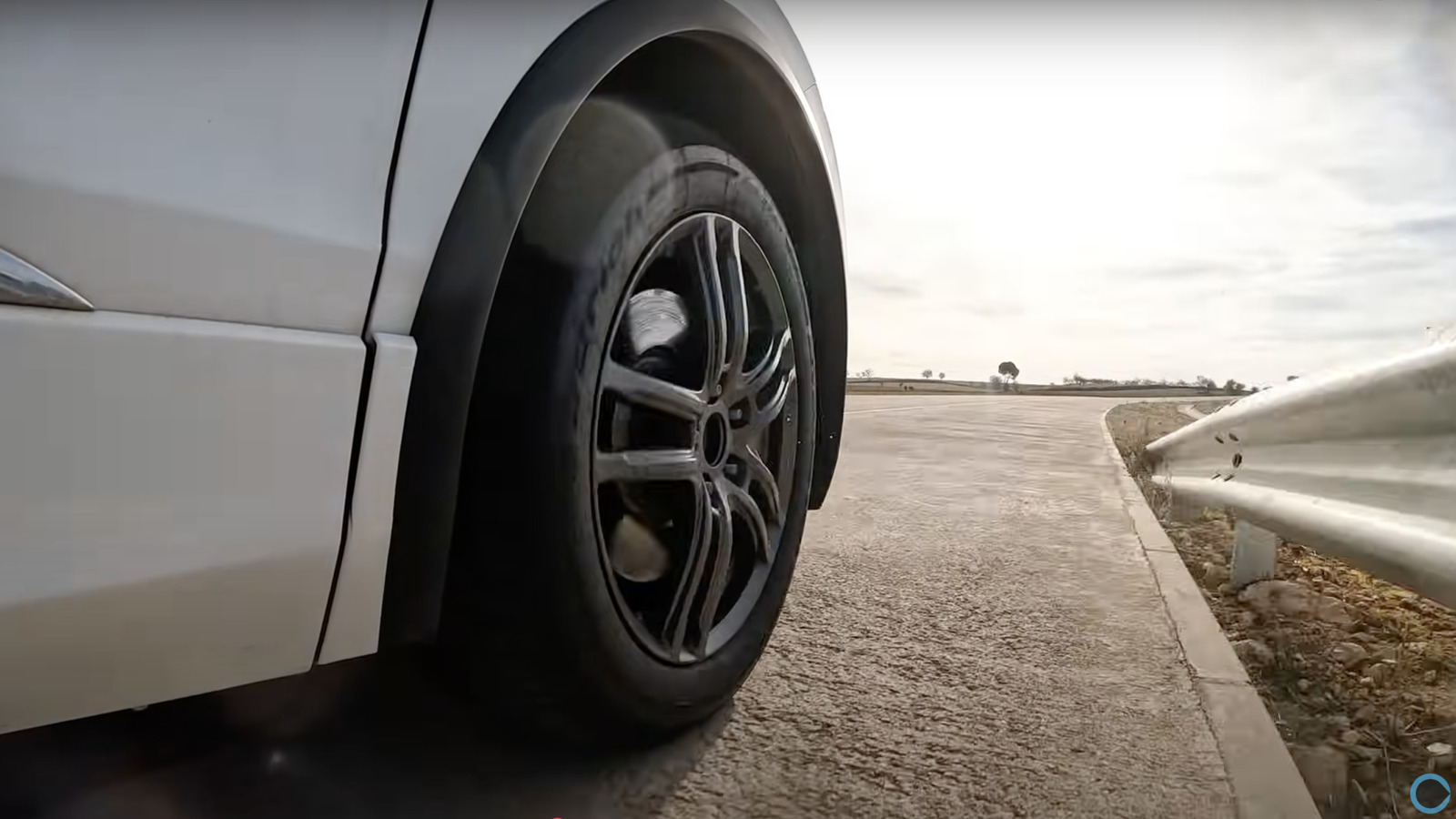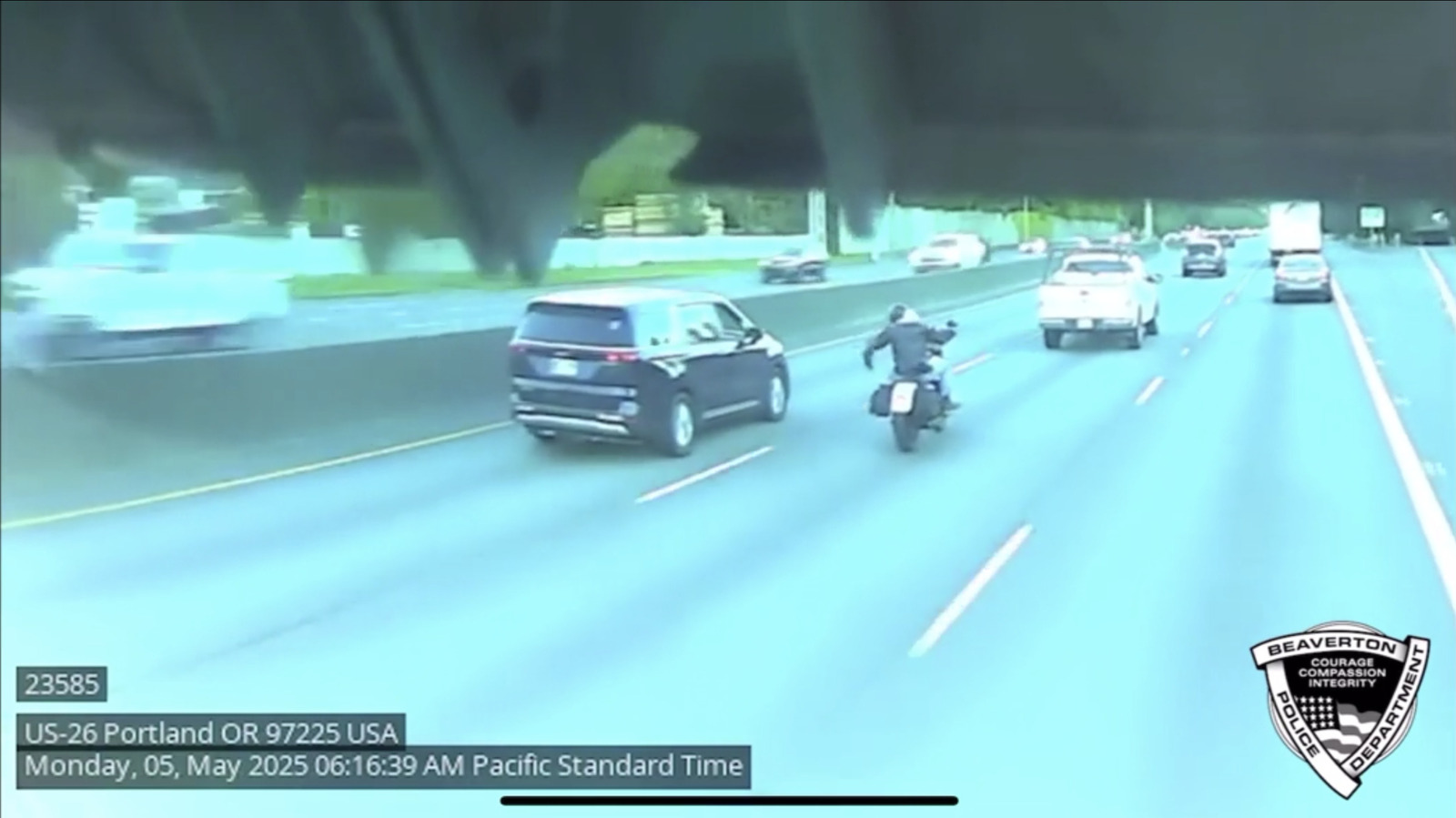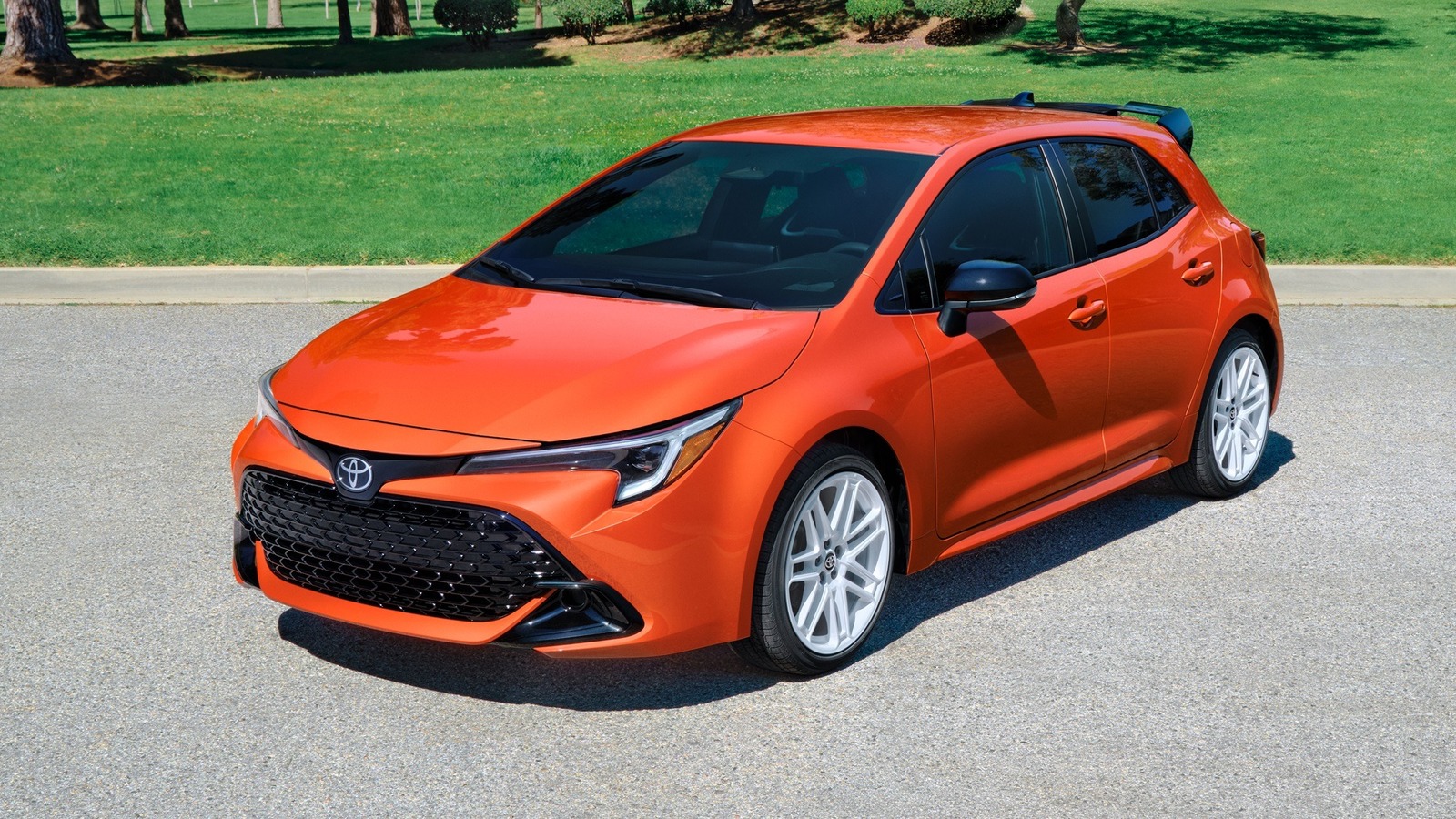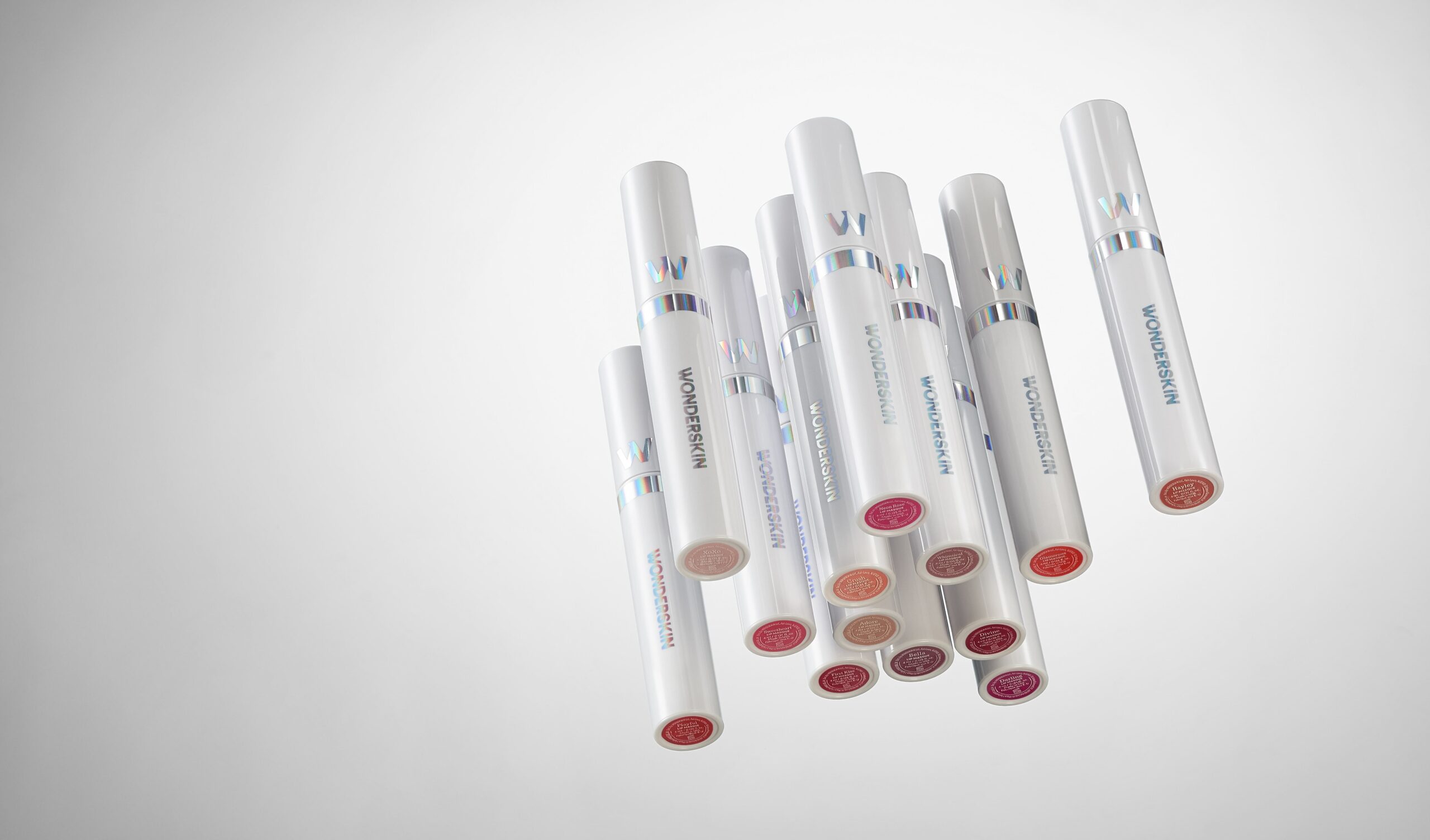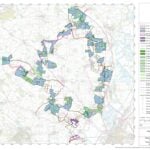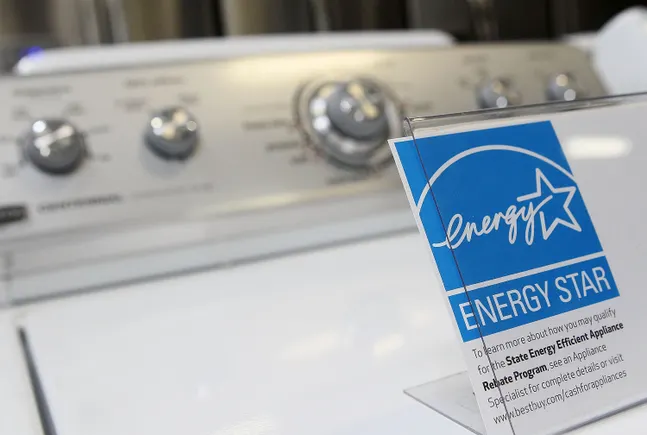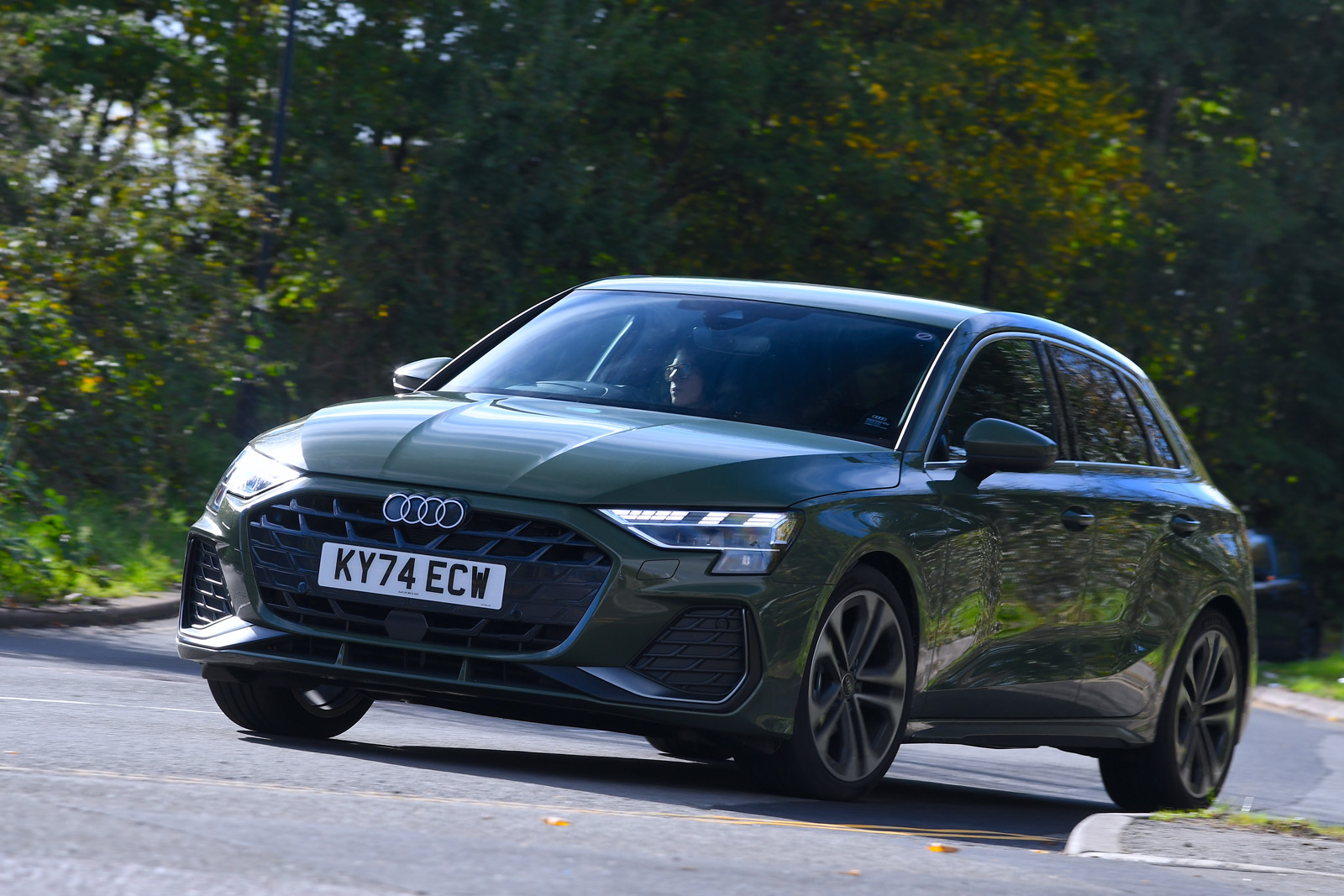How bad software can ruin an otherwise decent car
The Jaecoo 7 will need the mother of all software updates to make the grade Autocar is fast filling up with mentions of ‘software-defined vehicles’ – cars whose performance and functionality is primarily defined electronically rather than physically. The computing power of the car becomes its ruling characteristic and the software for it can be improved and updated time and again, so that it’s never finished, rather in a constant state of flux. The car industry is predictably excited about this idea. I suspect that any customers who have ever had an over-the-air software update go a bit wrong won’t be quite so keen. As for me, I’m a bit puzzled how manufacturers can seriously be contemplating giving software an even greater role in the cars they will make in years to come while at least some of them are doing such an awful job with the stuff they’re making in 2025. I’m not sure that the new Jaecoo 7 counts as an SDV, but it has certainly inspired something of a software-defined verdict. Honestly, this car is like some cautionary parable of terrible, dystopian motoring yet to come. The 7 is the latest mid-sized SUV to arrive on the UK market from China. It’s made by the country’s fourth-largest manufacturer, Chery. It looks a bit like a Range Rover Velar that has been made on the bones of something slightly shorter. In a very broad-brush, box-ticky kind of way, it drives well enough. You can get petrol and plug-in hybrid versions, and the latter proved to be quite refined and efficient, with predictable and obedient handling and ride comfort that, while a bit restless and wooden, is far from offensive. None of that matters much, though, because the car’s software is so bad, affects so much and ultimately, by making you question the integrity of the wider design and engineering of the car simply by association, undermines the whole product. It’s a farce. Jaecoo’s digital deficiencies come at you gradually and so corrosively. The first that bubbled up for me was the trip computer. The 7 doesn’t actually have a conventional trip computer but instead records rolling 50km indications of efficiency, specific to both its hybrid and electric operating modes. The trouble is that the indications are wildly, comically inaccurate. The hybrid-mode ‘trip’ seems to get stuck at 60mpg or is incapable of displaying anything higher, while the electric-mode one regularly skyrockets beyond 1000mpkWh. You can’t believe or trust either of them. They’re like the Jay and Silent Bob of the automotive instrumentation niche. Next, I noticed that the battery meter didn’t seem to be, well, metered right. The ‘gauge’ (it’s a digital pretend one, obviously) never seems to slip below about 20%. At that point, the battery is deemed empty and the car switches into hybrid mode. So why tell me there’s still about eight miles of electric range left if you’re only prepared to let me access it once I’ve unearthed the surprise EV+ driving mode, which comes with a warning message that it should only be enabled “in emergency situations”? Why not just pretend it isn’t there at all until I actually need it? And then poof: “You seem to have run out of fuel, sir. Could I interest you in eight electric bonus miles?” Then there’s the risible calibration of the driver assistance systems, which are intrusive enough to move you to violence. There are the ventilation controls and primary touchscreen navigation bar, which disappear when you connect your phone to Apple CarPlay. And there’s the wider touchscreen itself, which looks like a budget-brand tablet computer that has been unceremoniously plonked on the dashboard and isn’t any less distracting to use than that would suggest. Finally, there’s the odometer. The simplest line of code in the car, you would think. How could anyone get that wrong? For some unfathomable reason, the 7’s only counts miles covered in hybrid mode. Seriously. Well, electric-powered ones don’t really wear out the tyres and brakes, do they? And you’re not obliged to admit to them at resale time, either, are you…?
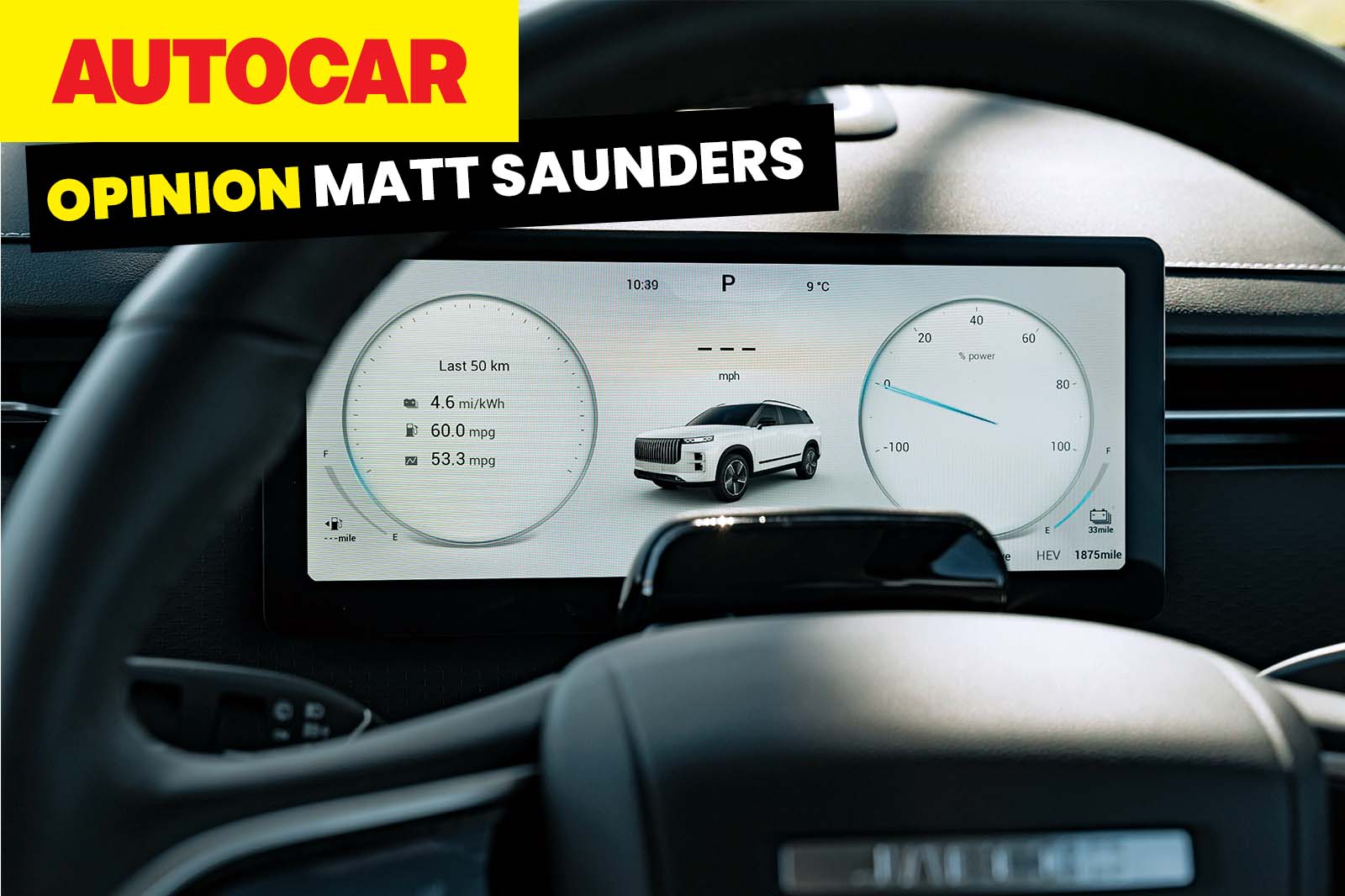
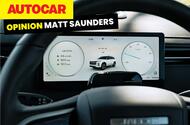 The Jaecoo 7 will need the mother of all software updates to make the grade
The Jaecoo 7 will need the mother of all software updates to make the grade
Autocar is fast filling up with mentions of ‘software-defined vehicles’ – cars whose performance and functionality is primarily defined electronically rather than physically.
The computing power of the car becomes its ruling characteristic and the software for it can be improved and updated time and again, so that it’s never finished, rather in a constant state of flux.
The car industry is predictably excited about this idea. I suspect that any customers who have ever had an over-the-air software update go a bit wrong won’t be quite so keen.
As for me, I’m a bit puzzled how manufacturers can seriously be contemplating giving software an even greater role in the cars they will make in years to come while at least some of them are doing such an awful job with the stuff they’re making in 2025.
I’m not sure that the new Jaecoo 7 counts as an SDV, but it has certainly inspired something of a software-defined verdict. Honestly, this car is like some cautionary parable of terrible, dystopian motoring yet to come.
The 7 is the latest mid-sized SUV to arrive on the UK market from China. It’s made by the country’s fourth-largest manufacturer, Chery. It looks a bit like a Range Rover Velar that has been made on the bones of something slightly shorter. In a very broad-brush, box-ticky kind of way, it drives well enough.
You can get petrol and plug-in hybrid versions, and the latter proved to be quite refined and efficient, with predictable and obedient handling and ride comfort that, while a bit restless and wooden, is far from offensive.
None of that matters much, though, because the car’s software is so bad, affects so much and ultimately, by making you question the integrity of the wider design and engineering of the car simply by association, undermines the whole product. It’s a farce. Jaecoo’s digital deficiencies come at you gradually and so corrosively.
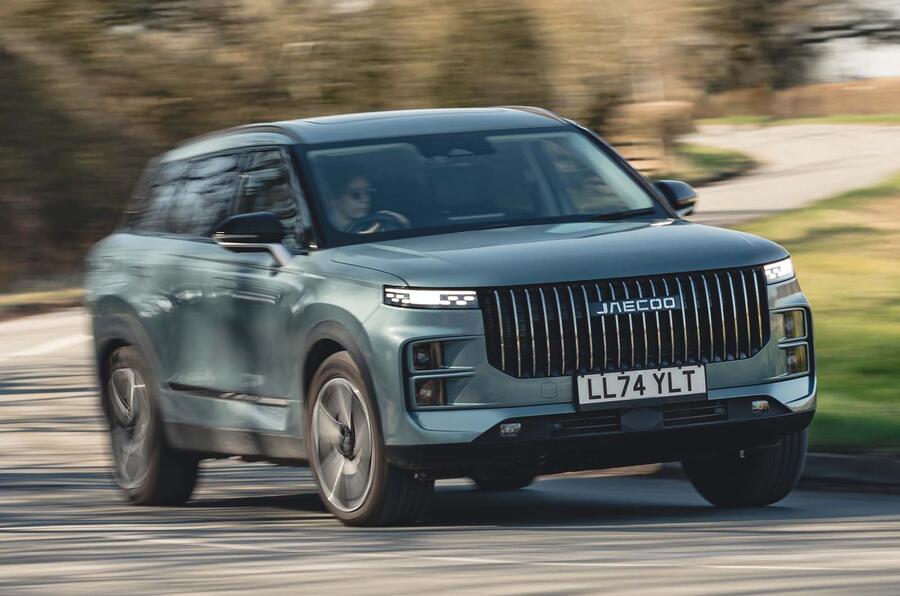
The first that bubbled up for me was the trip computer. The 7 doesn’t actually have a conventional trip computer but instead records rolling 50km indications of efficiency, specific to both its hybrid and electric operating modes.
The trouble is that the indications are wildly, comically inaccurate. The hybrid-mode ‘trip’ seems to get stuck at 60mpg or is incapable of displaying anything higher, while the electric-mode one regularly skyrockets beyond 1000mpkWh. You can’t believe or trust either of them. They’re like the Jay and Silent Bob of the automotive instrumentation niche.
Next, I noticed that the battery meter didn’t seem to be, well, metered right. The ‘gauge’ (it’s a digital pretend one, obviously) never seems to slip below about 20%. At that point, the battery is deemed empty and the car switches into hybrid mode.
So why tell me there’s still about eight miles of electric range left if you’re only prepared to let me access it once I’ve unearthed the surprise EV+ driving mode, which comes with a warning message that it should only be enabled “in emergency situations”?
Why not just pretend it isn’t there at all until I actually need it? And then poof: “You seem to have run out of fuel, sir. Could I interest you in eight electric bonus miles?”
Then there’s the risible calibration of the driver assistance systems, which are intrusive enough to move you to violence. There are the ventilation controls and primary touchscreen navigation bar, which disappear when you connect your phone to Apple CarPlay.
And there’s the wider touchscreen itself, which looks like a budget-brand tablet computer that has been unceremoniously plonked on the dashboard and isn’t any less distracting to use than that would suggest. Finally, there’s the odometer.
The simplest line of code in the car, you would think. How could anyone get that wrong? For some unfathomable reason, the 7’s only counts miles covered in hybrid mode. Seriously. Well, electric-powered ones don’t really wear out the tyres and brakes, do they?
And you’re not obliged to admit to them at resale time, either, are you…?



















